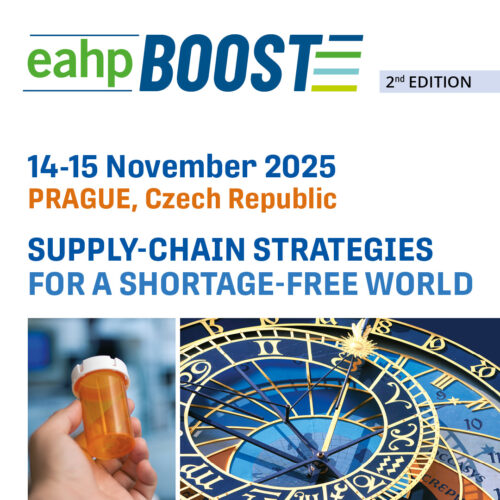Creation of an integrated tool for the control and optimisation of the stock of medication in pharmacy services
Pdf

European Statement
Selection, Procurement and Distribution
Author(s)
BEATRIZ MONTERO LLORENTE, ELENA GEMENO LÓPEZ, CARMEN PALOMAR FERNÁNDEZ, ANA MARÍA ÁLVAREZ DÍAZ
Why was it done?
To avoid stock breaks of medication due to unforeseeable fluctuations in their regular consumption. To reduce claims to the Pharmacy Service (PS) for medication shortages in automated dispensing systems (ADS) and other dispensing circuits. To achieve economic savings by avoiding unnecessary loans. To manage these loans in the morning when needs are detected in advance, with the consequent reduction in the time it takes for the pharmacist to manage it during on-call hours (approximately 2 hours per loan).
What was done?
We designed and implemented a tool to control in advance the stock of medication dispensed to hospitalisation and outpatient units and thus be able to forecast needs based on current prescriptions and associated habitual consumption.
How was it done?
1. An Excel file was developed in which the information on automated storage systems (ASS), ADS and prescriptions were integrated. It included maximum, minimum and current amount, and estimated coverage (in days) according to the consumption forecast associated with current prescriptions. We established the minimum amount based on a coverage threshold of 7 days.
2. Basic drug needs were studied (adjustment of maximum and minimum in the ASS and ADS, a dynamic process periodically reassessed according to demand).
3. The order information was added: order status, request date, last receipt date, order number and laboratory. These items allowed us to quickly locate old orders so we could address the reason for the delay in procurement.
4. We included medications stored externally to the ASS to control their stock electronically.
What has been achieved?
Loans requested annually from other hospitals were quantified as an indicator of improvement in acquiring medicines stored in the ASSs.
We obtained an annual reduction in the number of loans of 34.4% between 2019 and 2020 (125 loans vs 82) and 56.1% between 2020 and 2021 (82 loans vs 36). This result represented an average decrease in the time to manage loans of approximately 7 hours/month between 2019 and 2021.
What next?
The tool can be applied to all PS with ADS and ASS, intending to have the necessary medication available at the necessary time and thus avoid possible clinical damage to patients’ health derived from the delay in their treatment.
























